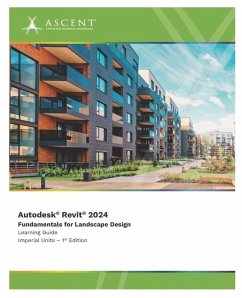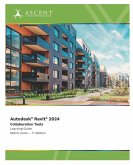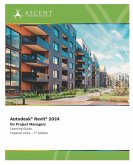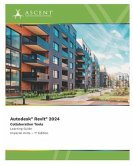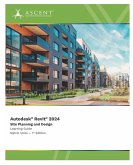The Autodesk(R) Revit(R) software is a powerful Building Information Modeling (BIM) program that has enabled countless firms to incorporate the BIM workflow into their designs. As a key component of this workflow, Autodesk Revit allows landscape architecture firms to produce powerfully intelligent designs. The Autodesk Revit 2024: Fundamentals for Landscape Design guide has been designed to assist you in learning some of the key features of the Autodesk Revit software. The guide focuses on how to create and document full 3D project models for an urban environment, as well as how to use the internal massing and site tools. The guide begins by exploring the user interface and teaching the basic drawing, editing, component, and viewing tools. Then, it provides instructions on how to create and modify toposolids. This is followed by modeling hardscapes using walls, floors, and stairs, and adding and grouping elements such as trees, site furniture, and planting areas. Finally, the guide concludes with explaining the processes involved in taking the model to the construction documentation phase. Topics Covered * Understanding the purpose of Building Information Modeling (BIM) and how it is applied in the Autodesk Revit software. * Navigating the Autodesk Revit workspace and interface. * Starting a project based on Autodesk Revit models. * Creating callout views of parts of plans, sections, or elevations for detailing. * Placing components for plantings, furniture, and lighting. * Working with the basic drawing and editing tools. * Creating and modifying toposolids. * Adding retaining walls, hardscape, stairs, and other building elements. * Setting up sheets for plotting with text, dimensions, details, tags, and schedules. * Creating details. Prerequisites * Access to the 2024.1 version of the software, to ensure compatibility with this guide. Future software updates that are released by Autodesk may include changes that are not reflected in this guide. The practices and files included with this guide might not be compatible with prior versions (e.g., 2023). * An understanding of architectural terminology is an asset.
Hinweis: Dieser Artikel kann nur an eine deutsche Lieferadresse ausgeliefert werden.
Hinweis: Dieser Artikel kann nur an eine deutsche Lieferadresse ausgeliefert werden.

